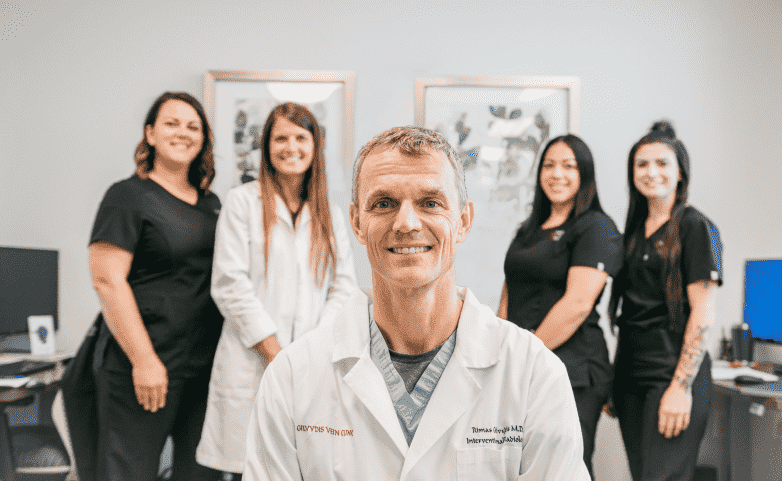Pulmonary embolism and deep vein thrombosis are conditions that can be fatal if not diagnosed and treated immediately. Fortunately, there are effective methods for treating and preventing blood clots. If you have concerns about PE and DVT, schedule a free screening with our team at Gilvydis Vein Clinic. We have specialists on staff who have years of experience treating these conditions.
Get Back to You.
Over 24,000 Successful Vein Treatments
& Counting
We’re proud to be one of three vein centers in Illinois with an IAC accreditation. Get back on your feet with a team of vein specialists who help you understand your vein treatment options.


